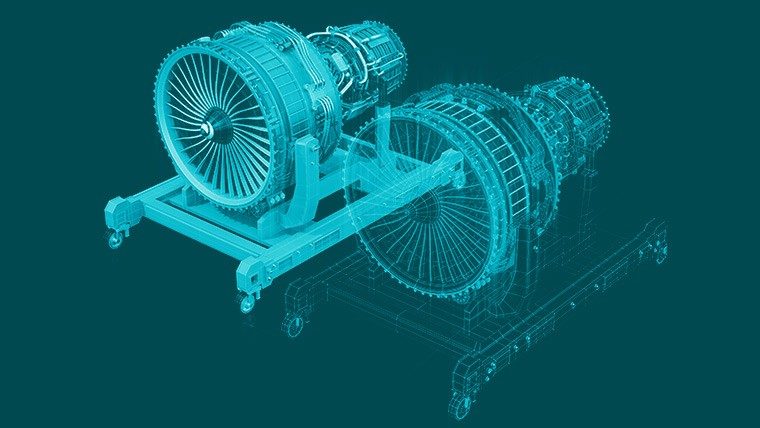"Our #1 recommendation would be to do a basic CONOPS [concept of operations]," Leonard says. "Think about some use cases, what you want out of your environment, and how you want it to interact with other environments. Knowing what tools and integrations you want will save a lot of headaches downstream.”
Among the elements to consider:
Know all the tools you need before starting the onboarding process. The directive from the Air Force’s Chief Information Officer to use Cloud One has resulted in a flood of requests from organizations wanting to set up their digital engineering environments. "We have seen organizations trying to tackle this task spend 9 to 12 months just to get a single tool up and running in the cloud," says Leonard. "At the end of that, you don't want to remember, 'Oh, I really wanted a few other things'—and then have to wait another 6 months or so to get things deployed, accredited, and updated."
Avoid siloed data. Cloud One will allow you to leverage multiple commercial cloud services—Amazon Web Services, Microsoft Azure, and Google. You may assume that means you can, for example, host your tools and programmatic environment in one cloud environment and access your digital engineering environment in a different cloud environment. Yet that creates a cybersecurity issue requiring agreements from each cloud owner to resolve. "You don't want to create two silos of data," Leonard says.
Keep in mind—cloud compute is expensive. If your teams will focus on modeling and simulation, you may want to consider a hybrid environment allowing computation to be conducted on local computers. Otherwise, you'll end up paying by the second for processing. "That really adds up over the lifetime of a project," Leonard points out.
Expect configuration complications. "It can be amazingly complicated to deploy software in a cloud that wasn't intended to be in a cloud," says Leonard. Transitioning to an environment where a Security Technical Implementation Guide (STIG) secures the protocols creates the complexity. "Navigating the connectivity of these tools within hardened containers in a STIGGED environment is tough," he says. In addition, you're dealing with:
- Larger files than most people anticipate
- More users than in the on-premises setup
- Latency issues as tools designed for desktops operate in the cloud
In addition, he notes, aspiring to create a digital thread increases the number of tools people want to integrate.






